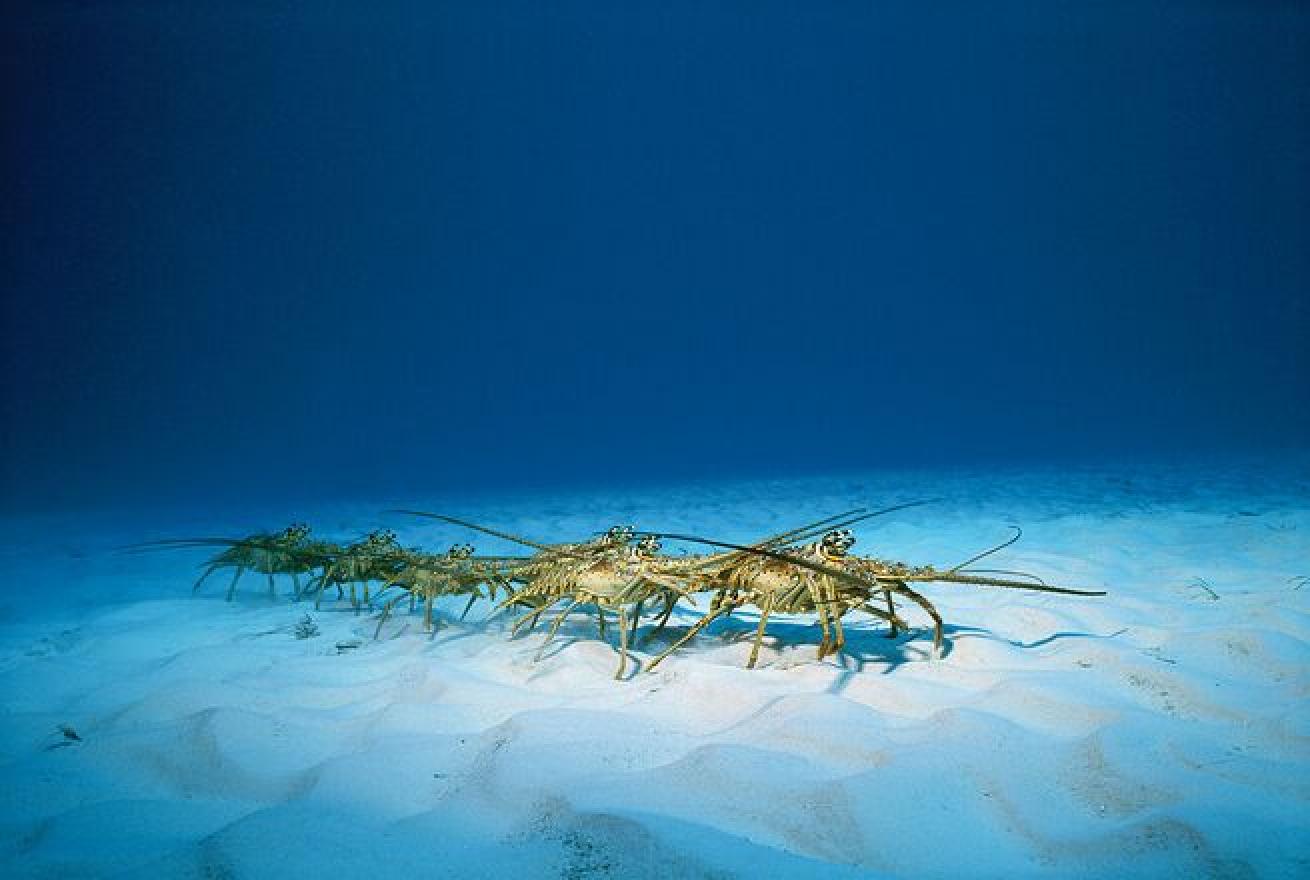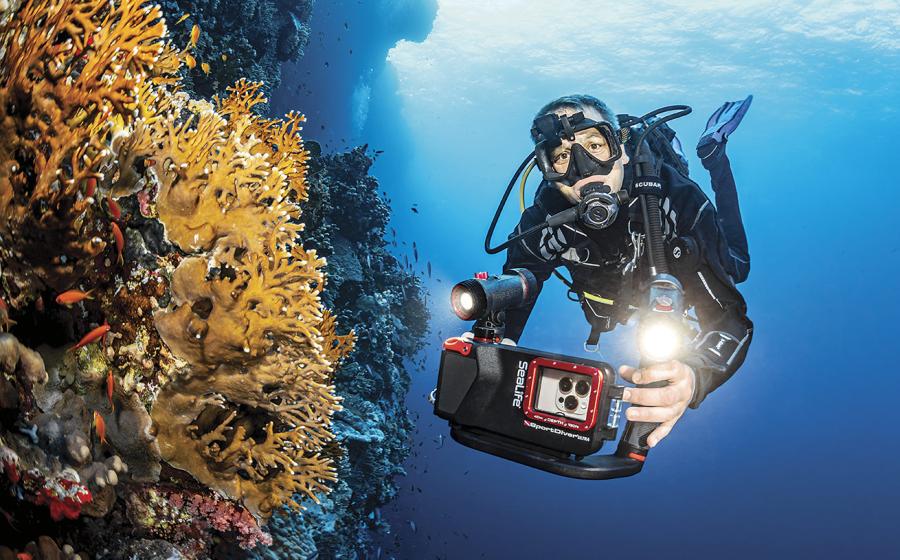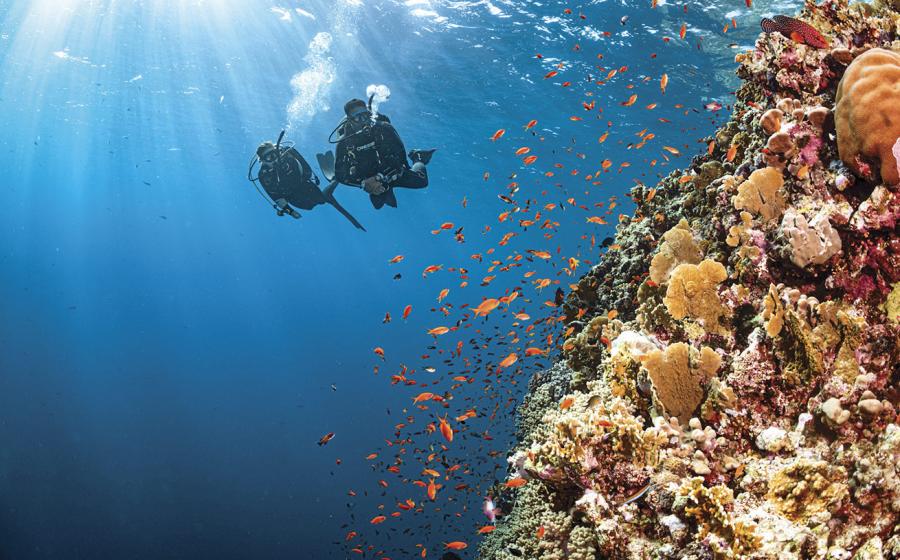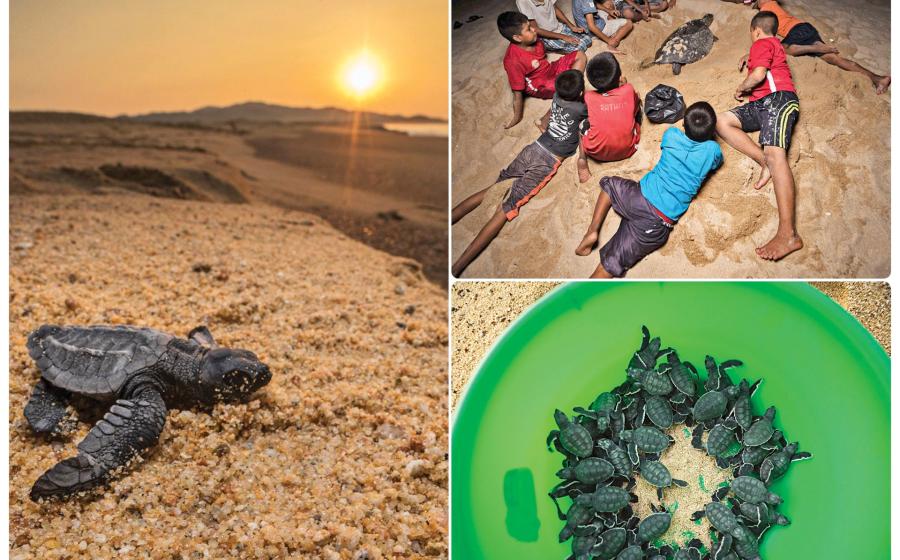Interesting Facts about Caribbean Spiny Lobsters

Imagebroker/AlamyCaribbean Spiny Lobster
Their long antennae ward off predators, while smaller antennules detect movement and chemicals in the water.
Related Reading: Salt Life Men’s Rock Lobster Volley Shorts (SLM4097)

Ted Kinsman / RIT Photographic Dept.Caribbean Spiny Lobster: X-Ray
Spiny lobsters grow by molting their hard external shell. As they vacate their old shell, they absorb water, expanding their soft body before the newly exposed shell hardens.

Getty Images/PerspectivesCaribbean Spiny Lobster: Migrating
Adults migrate seasonally in single-file lines, known as queues, into deeper water to avoid cold and turbulent water.

Susanne Kischnick/AlamyCaribbean Spiny Lobster: "Claw-less"
Spiny lobsters lack the large frontal claws of the American lobster and are instead harvested for their meaty “lobster tail.”

Getty Images / iStockphotoCaribbean Spiny Lobster: Diet
Spiny lobsters are nocturnal carnivores, preying on snails, crabs, clams and urchins.
They get their name from the forward-facing spines that cover the body, which help to protect them from predators such as octopuses, nurse sharks and stingrays.
Females release between 500,000 and 1.7 million bright-orange eggs each time they spawn. The eggs are carried beneath the female’s tail and hatch after four weeks.
Related Reading: Diving in Brazil’s Caribbean-Like Paradise
Across U.S. waters, there is an annual spiny lobster catch limit of 7.32 million pounds.
While the bycatch of lobster traps is low, most of the damage is done from the traps harming the coral reefs and seagrass beds.
Love the ocean's creatures? So do we. Visit the Marine Life section of our website.










